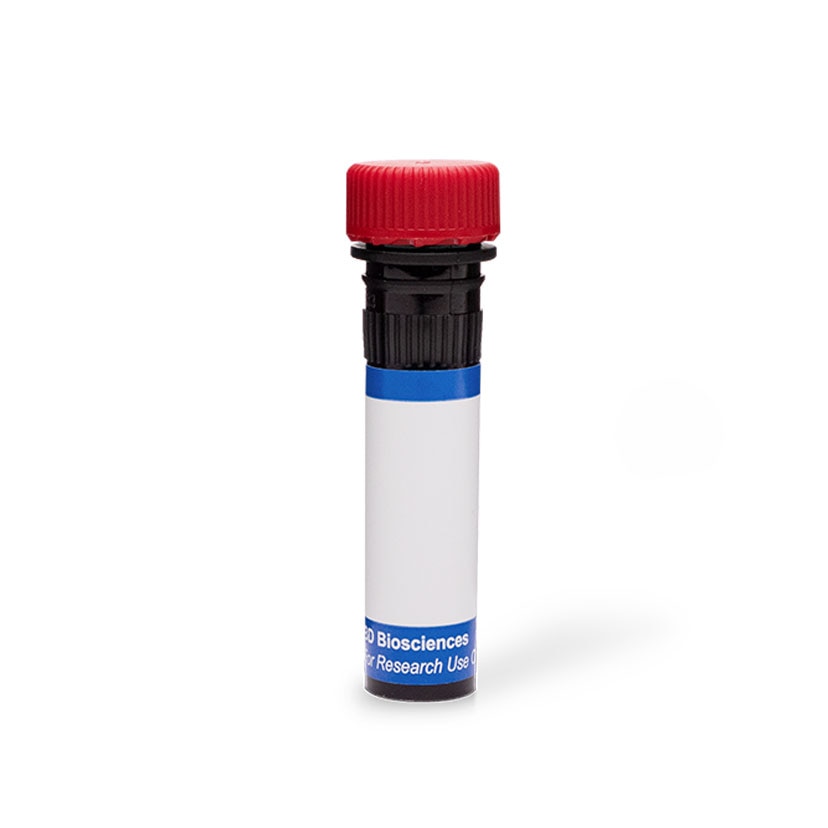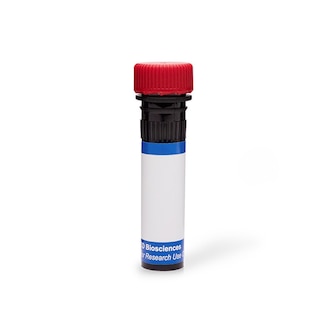-
Reagents
- Flow Cytometry Reagents
-
Western Blotting and Molecular Reagents
- Immunoassay Reagents
-
Single-Cell Multiomics Reagents
- BD® OMICS-Guard Sample Preservation Buffer
- BD® AbSeq Assay
- BD® Single-Cell Multiplexing Kit
- BD Rhapsody™ ATAC-Seq Assays
- BD Rhapsody™ Whole Transcriptome Analysis (WTA) Amplification Kit
- BD Rhapsody™ TCR/BCR Next Multiomic Assays
- BD Rhapsody™ Targeted mRNA Kits
- BD Rhapsody™ Accessory Kits
- BD® OMICS-One Protein Panels
-
Functional Assays
-
Microscopy and Imaging Reagents
-
Cell Preparation and Separation Reagents
-
- BD® OMICS-Guard Sample Preservation Buffer
- BD® AbSeq Assay
- BD® Single-Cell Multiplexing Kit
- BD Rhapsody™ ATAC-Seq Assays
- BD Rhapsody™ Whole Transcriptome Analysis (WTA) Amplification Kit
- BD Rhapsody™ TCR/BCR Next Multiomic Assays
- BD Rhapsody™ Targeted mRNA Kits
- BD Rhapsody™ Accessory Kits
- BD® OMICS-One Protein Panels
- Belgium (English)
-
Change country/language
Old Browser
This page has been recently translated and is available in French now.
Looks like you're visiting us from United States.
Would you like to stay on the current country site or be switched to your country?
BD Pharmingen™ PE Rat Anti-Mouse CCRL2
Clone BZ2E3 (RUO)

Multiparameter analysis of CCRL2 expression by mouse peritoneal mast cells. Peritoneal cells were obtained from untreated mice and were stained with BV421 Rat Anti-Mouse CD117 (Cat. No. 562609) and either PE Rat IgG2a, κ Isotype Control (Cat. No. 554689; dashed line histogram) or PE Rat Anti-Mouse CCRL2 (Cat. No. 564946; solid line histogram). Fluorescence histograms were derived from CD117+ gated events with forward and side-light-scattering characteristics of viable mouse peritoneal mast cells. Flow cytometry was performed on a BD FACSCanto™ II.


Multiparameter analysis of CCRL2 expression by mouse peritoneal mast cells. Peritoneal cells were obtained from untreated mice and were stained with BV421 Rat Anti-Mouse CD117 (Cat. No. 562609) and either PE Rat IgG2a, κ Isotype Control (Cat. No. 554689; dashed line histogram) or PE Rat Anti-Mouse CCRL2 (Cat. No. 564946; solid line histogram). Fluorescence histograms were derived from CD117+ gated events with forward and side-light-scattering characteristics of viable mouse peritoneal mast cells. Flow cytometry was performed on a BD FACSCanto™ II.

Multiparameter analysis of CCRL2 expression by mouse peritoneal mast cells. Peritoneal cells were obtained from untreated mice and were stained with BV421 Rat Anti-Mouse CD117 (Cat. No. 562609) and either PE Rat IgG2a, κ Isotype Control (Cat. No. 554689; dashed line histogram) or PE Rat Anti-Mouse CCRL2 (Cat. No. 564946; solid line histogram). Fluorescence histograms were derived from CD117+ gated events with forward and side-light-scattering characteristics of viable mouse peritoneal mast cells. Flow cytometry was performed on a BD FACSCanto™ II.



Regulatory Status Legend
Any use of products other than the permitted use without the express written authorization of Becton, Dickinson and Company is strictly prohibited.
Preparation And Storage
Product Notices
- Since applications vary, each investigator should titrate the reagent to obtain optimal results.
- An isotype control should be used at the same concentration as the antibody of interest.
- Caution: Sodium azide yields highly toxic hydrazoic acid under acidic conditions. Dilute azide compounds in running water before discarding to avoid accumulation of potentially explosive deposits in plumbing.
- For fluorochrome spectra and suitable instrument settings, please refer to our Multicolor Flow Cytometry web page at www.bdbiosciences.com/colors.
- Please refer to www.bdbiosciences.com/us/s/resources for technical protocols.
Data Sheets
Companion Products




The BZ2E3 monoclonal antibody specifically binds to CCRL2 (C-C chemokine receptor-like 2) which is also known as Lipopolysaccharide-inducible C-C chemokine receptor (L-CCR/Lccr). CCRL2 is a chemokine receptor-like, 7-transmembrane protein that can bind CCL19 or the nonchemokine chemoattractant, chemerin/RARRES2. CCRL2 is expressed by a variety of cell types including mast cells, macrophages and some endothelial cells. CCRL2 appears to play various roles in regulating chemokine activities, e.g., by binding and internalizing excess local levels of the CCL19/MIP-3β chemokine. Alternatively, endothelial cell-expressed CCRL2 can bind and present the chemerin/RARRES2 chemoattractant to lymphoid cells that express the functional signaling receptor, CMKLR1, and promote their adhesion.

Development References (4)
-
Monnier J, Lewen S, O'Hara E, et al. Expression, regulation, and function of atypical chemerin receptor CCRL2 on endothelial cells. J Immunol. 2012; 189(2):956-967. (Clone-specific: Flow cytometry). View Reference
-
Shimada T, Matsumoto M, Tatsumi Y, Kanamaru A, Akira S. A novel lipopolysaccharide inducible C-C chemokine receptor related gene in murine macrophages. FEBS Lett. 1998; 425(3):490-494. (Biology). View Reference
-
Yoshimura T, Oppenheim JJ. Chemokine-like receptor 1 (CMKLR1) and chemokine (C-C motif) receptor-like 2 (CCRL2); two multifunctional receptors with unusual properties. Exp Cell Res. 2011; 317(5):674-684. (Biology). View Reference
-
Zabel BA, Nakae S, Zúñiga L, et al. Mast cell-expressed orphan receptor CCRL2 binds chemerin and is required for optimal induction of IgE-mediated passive cutaneous anaphylaxis. J Exp Med. 2008; 205(10):2207-2220. (Immunogen: Blocking, ELISA, Flow cytometry). View Reference
Please refer to Support Documents for Quality Certificates
Global - Refer to manufacturer's instructions for use and related User Manuals and Technical data sheets before using this products as described
Comparisons, where applicable, are made against older BD Technology, manual methods or are general performance claims. Comparisons are not made against non-BD technologies, unless otherwise noted.
For Research Use Only. Not for use in diagnostic or therapeutic procedures.